Laikipia, Kenya
A cheetah perched in the front seat of your gold-plated Lamborghini. Stick that on Instagram in Saudi Arabia and it’s the height of cool. Or a cheetah in bed with your wife in Dubai. The latest fashion among rich Arabs is buying cheetah cubs smuggled out of Africa to boast about on social media. Gangs in Somaliland are exporting at least 300 cheetahs to the Arabs each year and this represents a fraction of the losses across Africa, since hundreds of others die during capture and incarceration. Once these lovely creatures roamed India, Anatolia and the Arabian deserts, but now just 7,100 of them survive, and only in Africa. Their numbers are still in very sharp decline.
When a cheetah had a litter of three cubs on the farm earlier this year, our cattle herders only told us about it after the babies had opened their eyes and moved away into the savannah with their mother. Since the cowhands are great trackers and spend their days up on the plains, they notice all the happenings of Nature. I was a little exasperated, wondering why they had not told me about this great event earlier. In reply an elderly Samburu herder, Lopili, casually revealed that only the day before a second cheetah mother had given birth to another four cubs.
As he took us to the spot, I felt both excited and astonished. Why was the farm so popular with cheetah? We did not want to disturb the family, and so stopped some distance away from the thicket where the herders said they were hiding. We took up position with our binoculars and waited. Sure enough, in time the mother appeared, carrying a tiny cub in her mouth, moving the litter from one spot to another. The babies were still blind, and would remain so for about two weeks. During this time they were especially vulnerable to other predators such as lion. We returned several times to see how they were doing, until one day they were gone.
We always look keenly for cheetah on the farm, though we seldom glimpse them or even their tracks. They are so superbly camouflaged that you might drive or walk right by one and never notice its teardrop eye lines or the long tail flicking in the grass. Cheetah need such immense spaces in which to roam and hunt and so their numbers are dwindling in this overcrowded world.
Why two cheetahs gave birth in the same spot just a month apart is a mystery to me. It might be because recently, lion have visited the farm less frequently, though each night we hear them roaring in the distance. Whatever the reasons, the security these cheetahs feel is a testament to the enlightenment of Lopili and his Samburu people who live around us. It is greatly thanks to the pastoralist Samburu and their southern Maasai cousins that we have the last great parks where mighty wildlife populations survive: in the Serengeti, the Mara, Amboseli, the Laikipia plateau where we farm and the reserves in the Samburu’s wilderness itself.
For decades and even centuries, most parts of Eastern Africa have been devoid of wild creatures. In some parts people eat even the tortoises or bats. The countryside is silent of birds. Not even a lizard stirs. On the other hand, Maasai and Samburu traditions have always held that respectable people consumed only the milk, blood and meat of cattle, camels, goats and sheep, whereas killing wild animals for their meat was beneath their dignity. For the most part, even today these dietary sanctions hold true among our Samburu neighbours. Rather than famous white people it is these pastoralists — whose name for themselves is Loikop, which means ‘Keepers of the Land’ — who deserve the thanks for preserving wildlife into our modern age. If a tribe could win awards, the Samburu surely deserve a Nobel peace prize or some kind of recognition.
Walking quietly among the wildlife on our place, I also feel that the birth of seven cheetah cubs makes up for all the years of toil, overdrafts at the bank, failures, losses, the multitude of disappointments that come with farming. Very much inspired by the Samburu, I always wanted to run a ranch where cattle lived alongside lion, sheep among cheetah, and pastures are grazed by livestock and antelope. Losses to predators have always been manageably small. The obvious lesson for me has been that backing off and leaving Nature alone — doing nothing — is often the best solution.
Got something to add? Join the discussion and comment below.
Get 10 issues for just $10
Subscribe to The Spectator Australia today for the next 10 magazine issues, plus full online access, for just $10.
You might disagree with half of it, but you’ll enjoy reading all of it. Try your first month for free, then just $2 a week for the remainder of your first year.


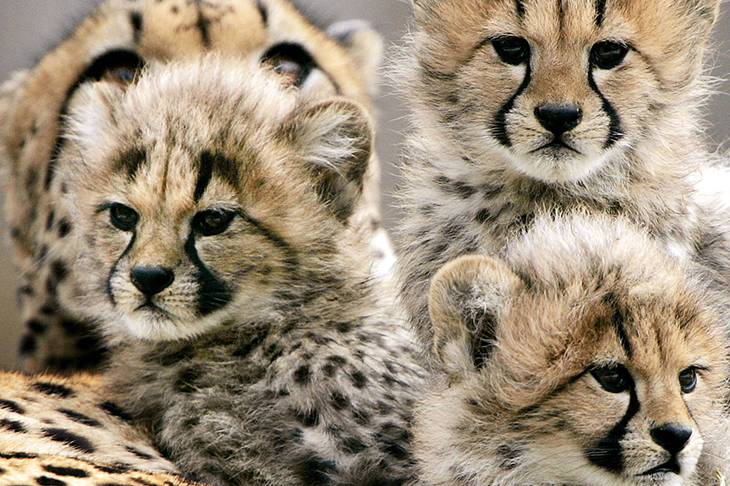
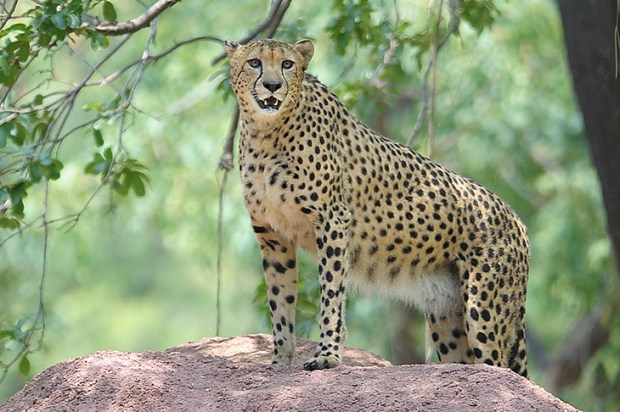
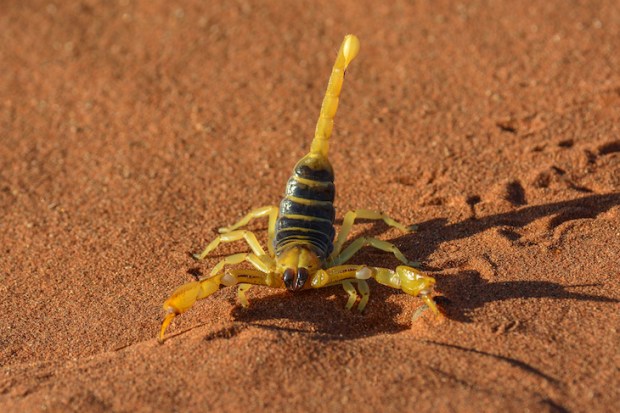
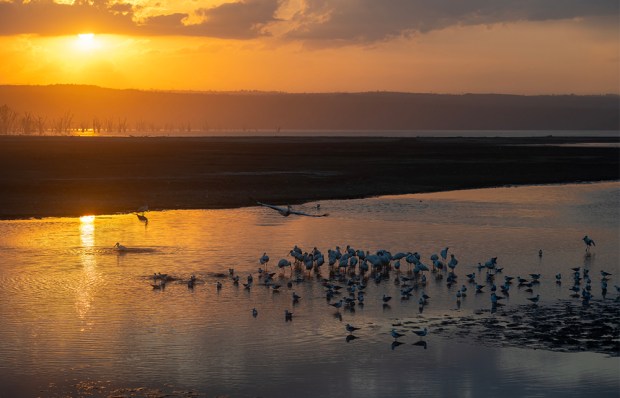
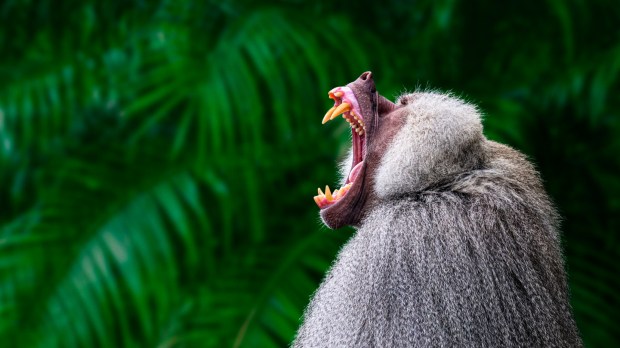
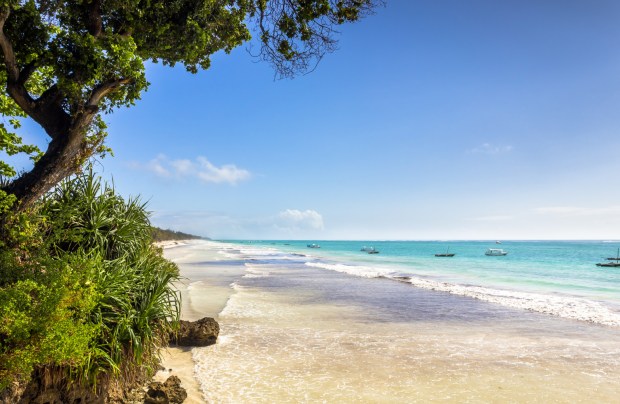
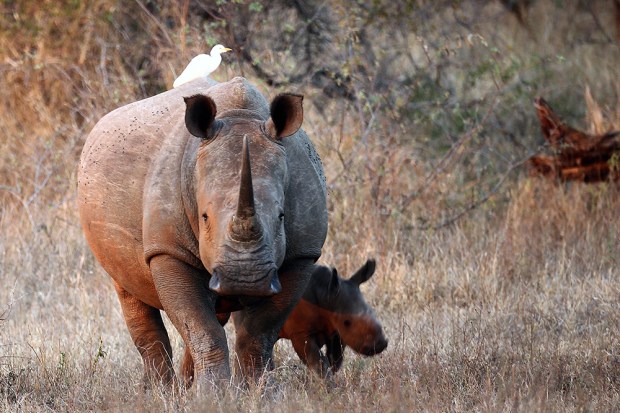






Comments
Don't miss out
Join the conversation with other Spectator Australia readers. Subscribe to leave a comment.
SUBSCRIBEAlready a subscriber? Log in